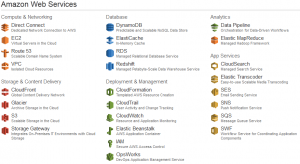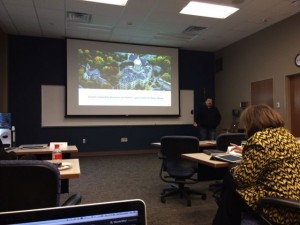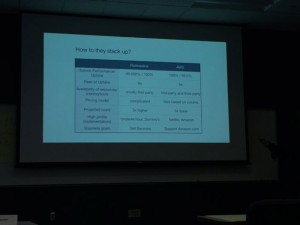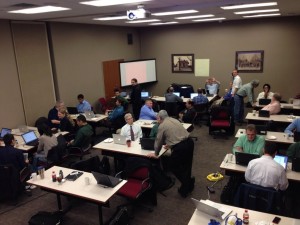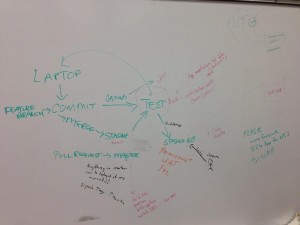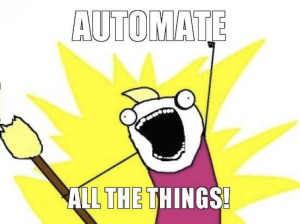The more I think about it, the more I realize that we’re witnessing a transformation in IT. Despite the AWS tattoo and kool-aid mustache, I’m not married to AWS. Nothing’s perfect, and AWS is no exception. There are always questions about vendor lock-in and backing out or shifting services as the landscape changes.
Vendor lock-in is a possibility with every IT partnership, and there are ways to mitigate those risks. If Cisco, Redhat, IBM, or Oracle go out of business, it will have a huge impact. If any change their pricing structure, the same. In a practical sense, you usually have time to react. AWS might get purchased, or the CEO might change, but it’s unlikely that we’ll be informed on Monday that they’re shutting down, and we have 3 days to relocate services. With AWS, there’s no upfront cost: you pay as you go. A provider can’t have success with that model without a rock-solid service. Furthermore, there’s no financial lock-in: no multi-million dollar contracts or support agreements, which are probably the most common and painful cases. AWS frees us from those kinds of lock-in.
AWS isn’t outsourcing — it’s a force multiplier. I guarantee that OIT engineers, with minimal additional training, can build more secure systems with better architectures in Amazon they’d be able to do on-premises for a fraction of the cost and time. Infrastructure is hard. It takes massive resources. AWS has the economy of scale and has been able to execute. The result is a game changing historic transformation of IT. Really, look at it: it’s that profound. It enables experimentation and simplification. Take sizing systems. Just rough out your scaling, pick something larger than you need and scale it back after two months of usage data. Calculate the low nominal use and scale it back further, then auto-scale for the peak. Script it and reproduce everything, network, servers, security policies, all the things. That kind of architecture is an engineer’s dream, for pennies per hour, now, this instant, not years from now.
AWS or not, there is no question that this is the future of IT. Except for low latency or high performance, or very specialized applications that require a local presence, in my opinion, most companies will shed their datacenters for providers like AWS. My guess: it’s going to come faster than we think. It’s not that we can’t accomplish these things, or that we don’t understand them. We simply don’t have the resources. Take long term storage and archiving. Glacier and S3 have eleven 9s of durability. Elasticity, I can upload 500 TB into Glacier tomorrow, or a petabyte, no problem. Spin up 10 machines, 100 machines, 1000 machines: done. Chris did a data warehouse in a couple of days. There’s really no turning back.
I suspect we’ll be cautious, as we should be, moving services to AWS. But my forecast is that with each success, it will become apparent that we should do more. It’s going to become so compelling that you can’t look away.
I’m really glad we’ve picked AWS for IaaS. It is a huge opportunity.





